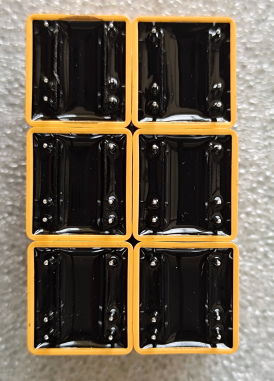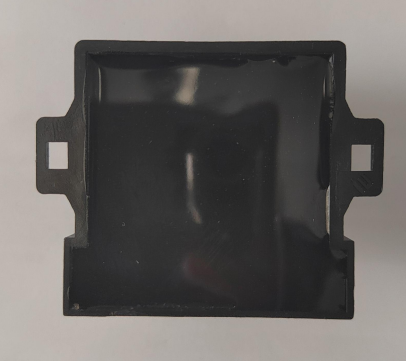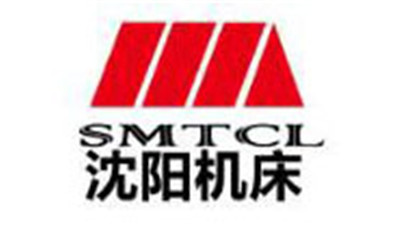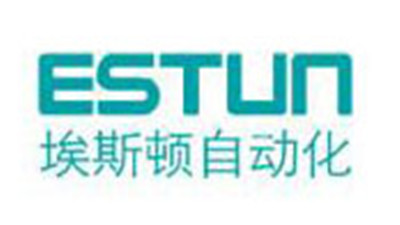With the rapid development of new energy products such as photovoltaics and automobiles, the sealing and gluing process is becoming increasingly common in transformers (inductors).
Many manufacturers, in order to improve the efficiency of sealing and gluing, have also equipped automatic sealing production lines. Sealing and gluing have gradually become the standard production process for transformers (inductors). So, why do transformers (inductors) need to be sealed?
1. Increase the heat dissipation capacity of the transformer. In the power supply, transformers (inductors) are almost the most heat generating components and are also heat-resistant devices. Long term high-temperature operation will accelerate the aging of transformer materials and reduce transformer performance.
In high-power products, transformers generate heat quickly and need to dissipate heat as soon as possible, and transfer the heat out. At this point, the function of Encapsulated is reflected.Generally, adhesives with higher thermal conductivity are more conducive to reducing the temperature during transformer operation, thereby ensuring that the transformer (inductor) can work for a long time.
2.Improve the waterproof and moisture-proof performance of transformers. Glue filling can tightly wrap the entire transformer (inductor) to isolate it from the outside world, preventing water, moisture, and various chemical corrosion from coming into contact with the transformer, thereby improving the waterproof and moisture-proof ability of the transformer (inductor).
This is particularly commonly used in waterproof power supplies and outdoor power supplies. In LED power supplies, waterproofing often requires meeting IP67 requirements, and glue filling is a very important step. At this time, there are also certain requirements for the fluidity of the glue to ensure that the product can be completely sealed.
3.Enhance the reliability of transformers. After the basic production process of transformers (inductors) is completed, some products still have a certain degree of activity, and it is impossible to completely fix them by glue or immersion alone. At this time, glue filling becomes the only option.
In network transformers, there are often multiple sets of magnetic rings with very thin wire diameters. If the magnetic rings have too much activity, it is easy to cause wire breakage and transformer failure.
In this case, the transformer (inductor) often adopts the glue filling process, which helps prevent product activity, avoid wire breakage, and thus improve the reliability of the transformer (inductor).
4.Prevent the influence of power supply glue on the inductance of transformers (inductors). Due to cost considerations, the glue used for power supply gluing is often highly versatile and has a large coefficient of expansion. If glue enters the interior of the transformer (inductor), it will directly affect the inductance.
For transformers (inductors) with regular shapes, we will apply glue between the shell and the frame to prevent external glue from seeping in.
For irregular transformers (inductors), we will use glue with a small coefficient of expansion to pre coat the transformer (inductor) completely, thereby preventing changes in inductance during power supply gluing.
5.Improve the insulation performance of transformers. Almost all adhesives are non-conductive. Gluing transformers (inductors) with adhesive is beneficial for enhancing insulation strength, thereby improving the voltage insulation capacity of transformers (inductors).
6.Enhance the flame retardancy of transformers. The flame retardant ability of some adhesives is relatively strong. After the transformer (inductor) is glued, its flame retardant ability can be enhanced, and it can even meet the 94-V0 flame retardant requirements.
Post time: Sep-23-2024
















